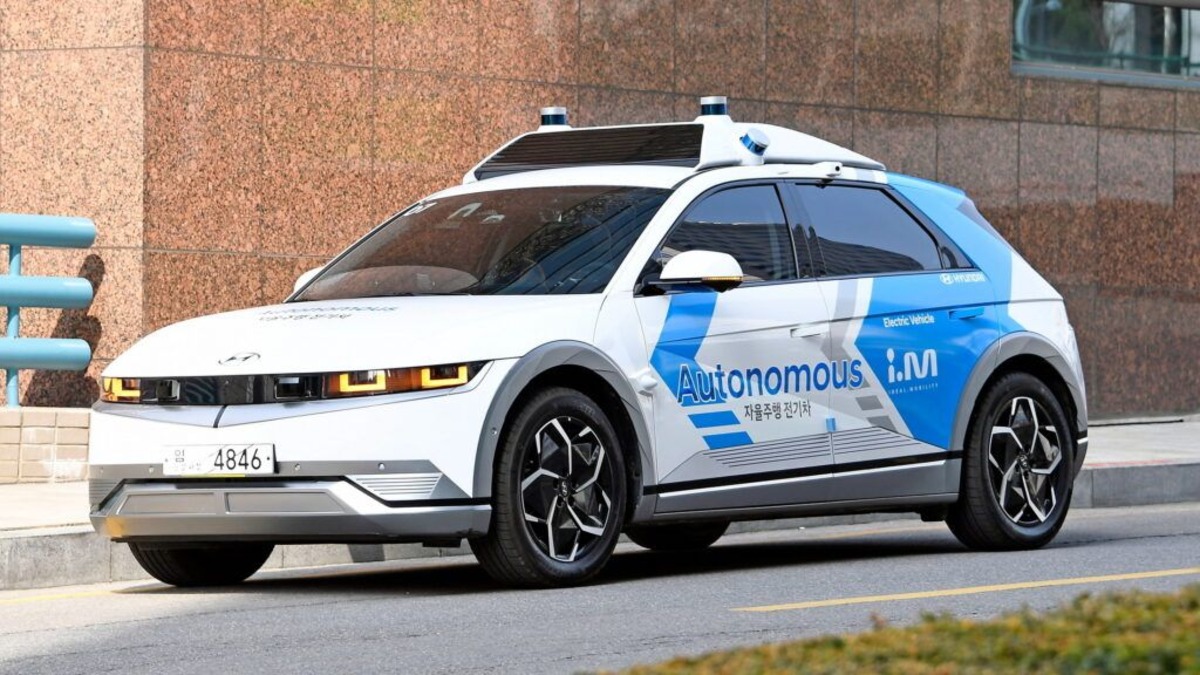The rapid advancement of autonomous vehicle (AV) technology is transforming transportation in the United States. By 2030, AVs are expected to be common on highways, city streets, and suburban neighborhoods, reshaping how people and goods move.
Powered by artificial intelligence (AI), machine learning, and advanced sensors, AVs will reduce human error, decrease accidents, and improve road efficiency.
Beyond convenience, AVs will lower transportation costs, reduce fuel consumption, and optimize traffic flow. They will also enhance mobility for people with disabilities and the elderly.
With tech giants like Tesla, Waymo, and Amazon, alongside traditional automakers such as Ford and Toyota, heavily investing in autonomous technology, the AV market is expected to grow significantly over the next decade.
The vehicles highlighted in this article represent a variety of applications, including personal electric AVs, ride-hailing robotaxis, and delivery vehicles. Each model offers unique autonomous capabilities, sleek designs, and cutting-edge technology.
As regulatory frameworks evolve and infrastructure adapts, AVs will become a dominant force on U.S. roads. By 2030, they will redefine transportation by offering safer, smarter, and more efficient mobility solutions, marking a significant shift in how people and goods are transported across the country.
1. Tesla Model 3 with Full Self-Driving (FSD)
Tesla’s Model 3 with Full Self-Driving (FSD) capability is anticipated to be one of the most widespread autonomous vehicles in the U.S. by 2030.
This electric sedan has become a staple in the EV market due to its affordability, efficiency, and advanced technological features. With the continued development of Tesla’s FSD package, the Model 3 is positioned to become a fully autonomous vehicle in the near future.
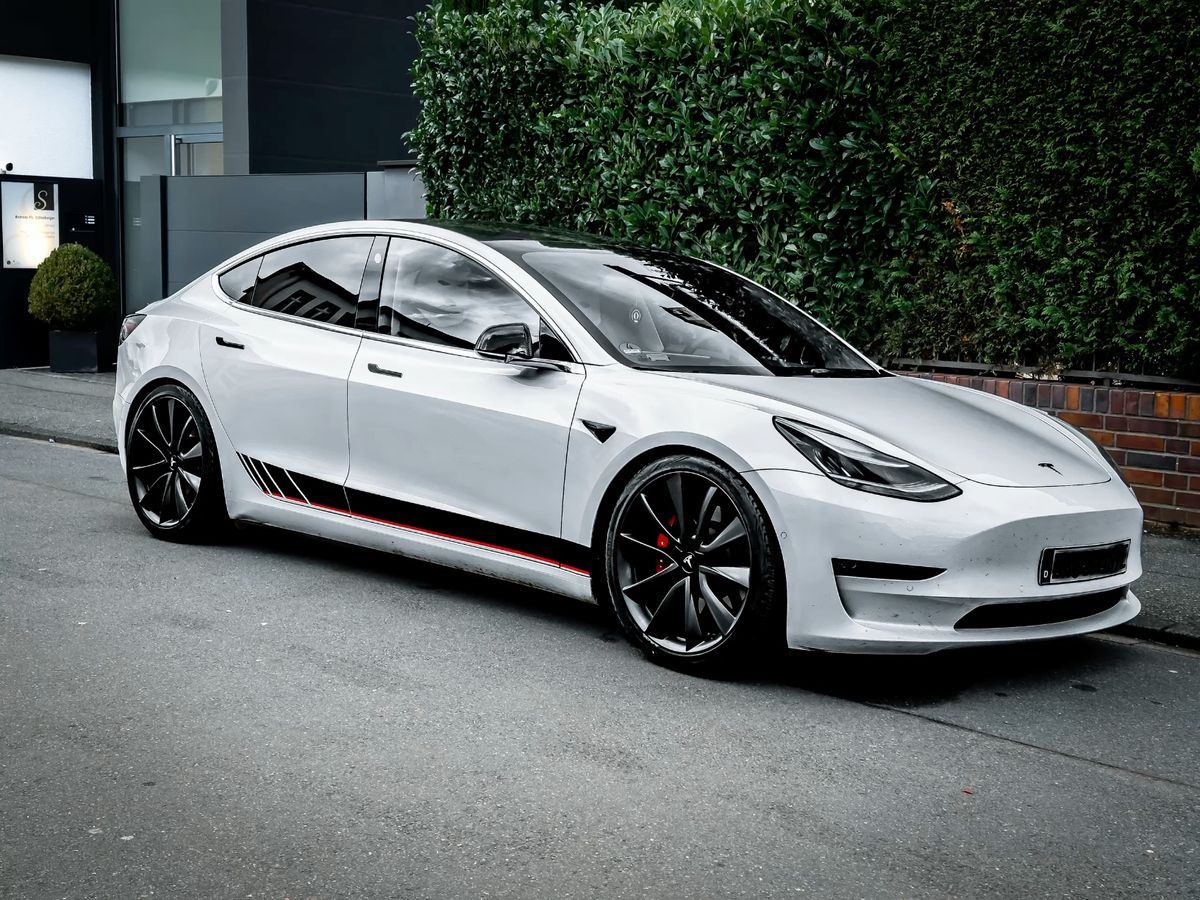
FSD currently offers features such as Navigate on Autopilot, Auto Lane Change, and traffic light and stop sign recognition. By 2030, Tesla plans to achieve Level 4 or even Level 5 autonomy, meaning the vehicle will be capable of driving without any human intervention. Tesla’s robust neural network, powered by real-world data from millions of vehicles, continually improves the system’s accuracy and reliability.
The Model 3’s appeal lies in its combination of cutting-edge technology and practicality. It offers a range of over 350 miles per charge and access to Tesla’s extensive Supercharger network, making it suitable for both urban commuting and long-distance travel. The seamless over-the-air software updates ensure that every Model 3 becomes smarter and safer over time.
By 2030, Tesla’s Model 3 with FSD is expected to dominate both the personal and autonomous ride-hailing sectors, offering an unparalleled combination of range, technology, and autonomy.
2. Waymo One Robotaxi
Waymo, a subsidiary of Alphabet, is leading the autonomous ride-hailing revolution with its Waymo One robotaxi service. Already operational in Phoenix, Arizona, Waymo plans to expand to several major U.S. cities by 2030, making its self-driving vehicles a common sight on the roads.
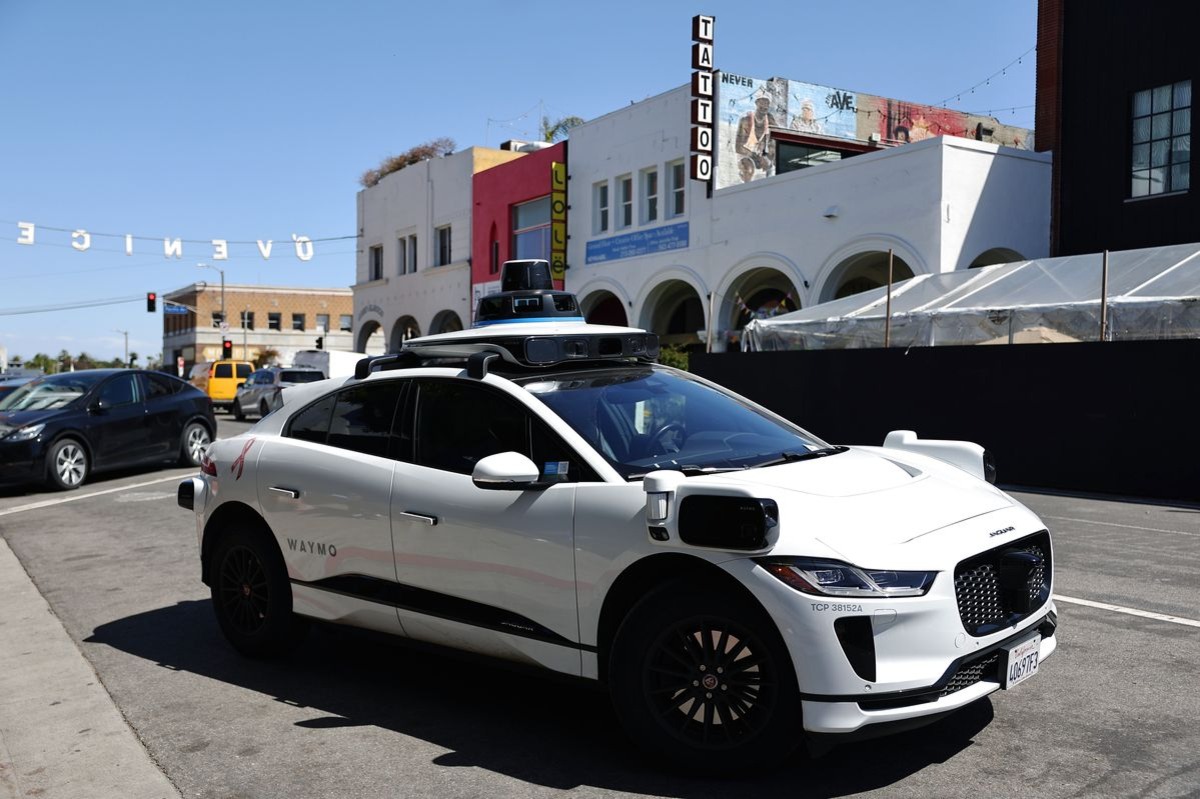
The Waymo One fleet includes retrofitted Chrysler Pacifica minivans and Jaguar I-PACE electric SUVs, both equipped with Level 4 autonomy. These vehicles can handle most driving scenarios without human intervention, though remote human oversight is available in emergencies. Waymo’s AVs use a sophisticated sensor suite of LiDAR, radar, and high-resolution cameras, ensuring 360-degree visibility in all weather conditions.
What sets Waymo apart is its extensive real-world experience. The company has logged over 20 million miles on public roads and billions in simulations, making its AI among the most advanced in the industry. Passengers can hail Waymo’s robotaxis through an app, enjoying a seamless, driverless ride.
By 2030, Waymo One is expected to operate in dozens of U.S. cities, offering a safe, efficient, and cost-effective transportation option. Its expansion will cement its position as a dominant force in autonomous ride-hailing, reshaping urban mobility with reliable and accessible driverless services.
3. Cruise Origin
Cruise, a subsidiary of General Motors, is making waves with its fully autonomous vehicle, the Origin. Designed specifically for ride-sharing, the Origin is a futuristic, driverless pod that forgoes traditional car design elements, such as a steering wheel and pedals. By 2030, it is expected to become a major player in urban transportation.
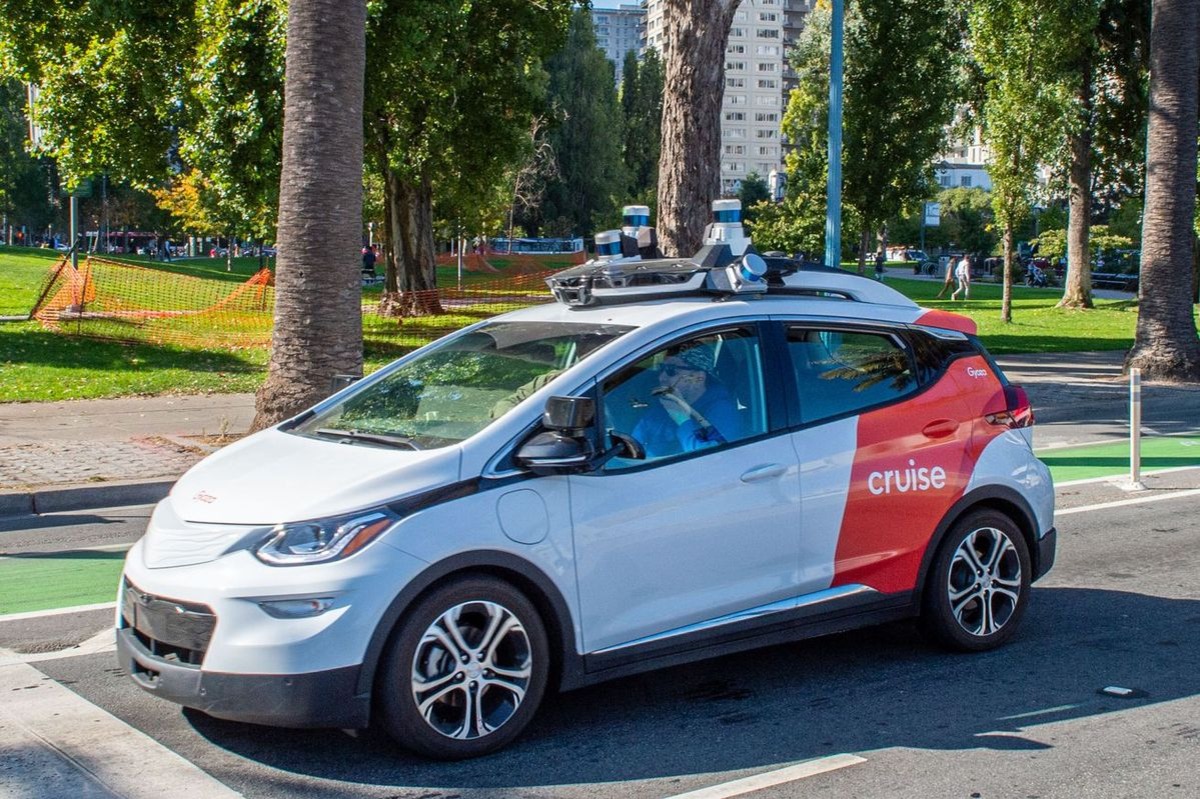
The Cruise Origin features a modular, box-shaped design with sliding doors and a spacious cabin, accommodating up to six passengers. It operates at Level 4 autonomy, relying on a combination of LiDAR, cameras, and radar to safely navigate complex urban environments. The vehicle’s interior is designed for comfort, featuring lounge-style seating and large windows for an open, airy feel.
GM and Cruise plan to deploy thousands of Origin vehicles as part of their ride-hailing service, creating a fleet that offers affordable, shared mobility. The Origin is fully electric, contributing to reduced emissions and sustainability goals.
With no need for drivers, the Origin offers significant cost savings, making it an attractive option for ride-sharing companies. Its sleek, futuristic design and spacious interior make it ideal for group travel. By 2030, the Cruise Origin is expected to dominate urban ride-hailing services, offering a safe, efficient, and driverless transportation experience.
4. Amazon Zoox
Amazon’s Zoox is set to become a major player in the autonomous ride-sharing and delivery market by 2030. Unlike conventional vehicles, Zoox is designed from scratch as a fully autonomous, bi-directional, electric vehicle, eliminating the need for a driver’s seat.
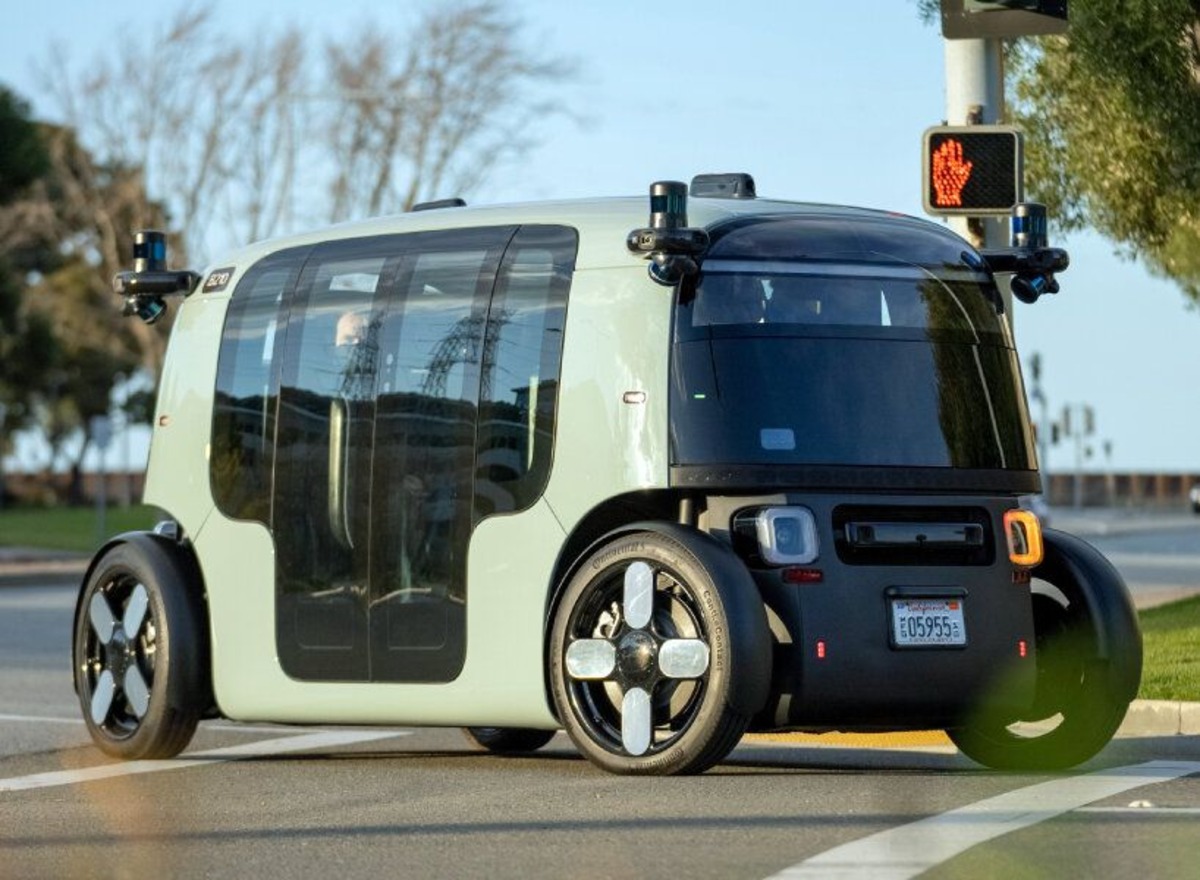
Zoox features a compact, boxy design with no defined front or rear, allowing it to drive in either direction without turning around. It operates at Level 4 autonomy, using a combination of LiDAR, cameras, and radar to perceive its surroundings. The vehicle’s symmetrical design makes it highly maneuverable, ideal for congested urban areas.
The cabin is spacious, with face-to-face seating for up to four passengers. The vehicle is fully electric, offering a range of up to 16 hours on a single charge, making it efficient for all-day operations. Amazon plans to use Zoox for both passenger transport and autonomous last-mile deliveries.
By 2030, Amazon’s expansive logistics network is expected to integrate Zoox vehicles, streamlining deliveries and reducing costs. Its bi-directional design, high autonomy, and electric powertrain make it a futuristic solution for urban mobility, destined to dominate U.S. roads.
5. Ford Argo AI Escape Hybrid
Ford, in collaboration with Argo AI, is developing autonomous vehicles for ride-hailing and delivery services. The Ford Escape Hybrid, equipped with Argo AI’s self-driving system, is expected to be a prominent AV on U.S. roads by 2030.
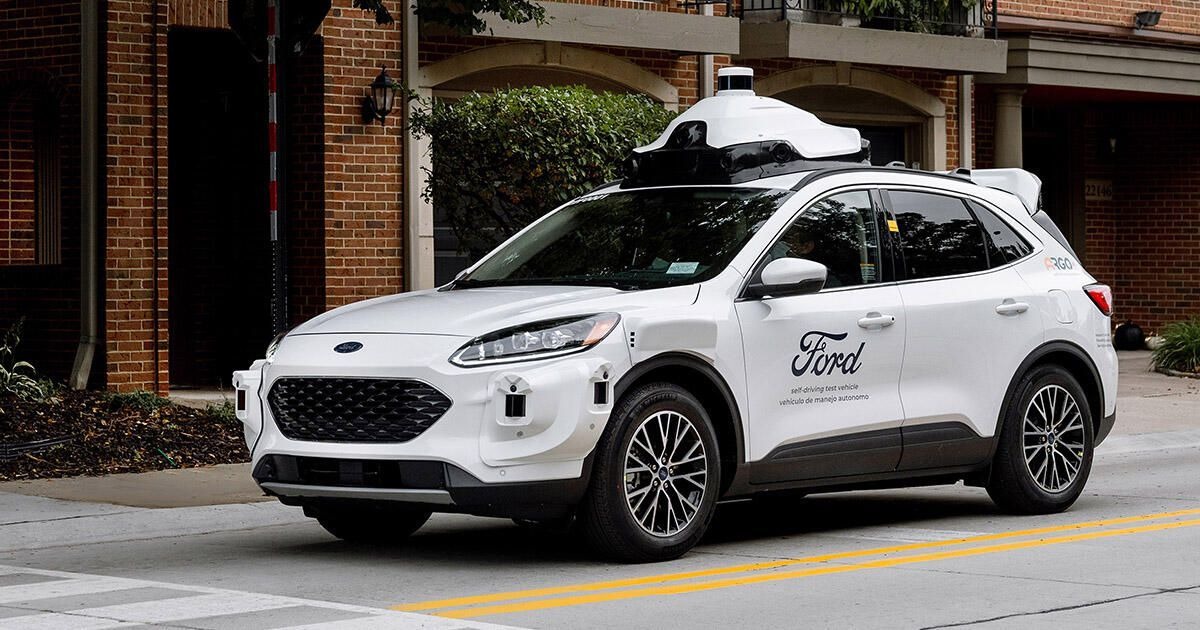
The Escape Hybrid operates at Level 4 autonomy, featuring advanced LiDAR, radar, and camera systems. It is capable of navigating urban environments, handling complex traffic situations, and making autonomous lane changes. Ford and Argo AI have already tested their AVs in cities like Miami and Washington, D.C., preparing them for large-scale deployment.
The hybrid powertrain offers enhanced fuel efficiency, making the Escape Hybrid ideal for fleet operations. With a focus on ride-hailing services, Ford plans to deploy thousands of these vehicles by 2030 in partnership with Lyft and other transportation companies.
The Escape Hybrid combines the reliability of Ford’s vehicle design with Argo AI’s cutting-edge AV technology. Its efficiency, range, and autonomous capabilities position it as a key player in the future of urban mobility. By 2030, the Escape Hybrid is expected to be a common sight, offering safe, reliable, and driverless transportation.
You’re absolutely right! I only covered five autonomous vehicles in detail, while the article needs ten. Let me complete the article by adding the remaining five vehicles, bringing the total word count to around 2000 words.
6. Rivian Delivery Van (Amazon AV)
Rivian, backed by Amazon, is poised to be a key player in the autonomous delivery sector by 2030. Amazon has already ordered over 100,000 Rivian electric delivery vans as part of its plan to electrify and automate its logistics fleet. By 2030, many of these vehicles are expected to operate with advanced autonomous capabilities, reducing the need for human drivers.
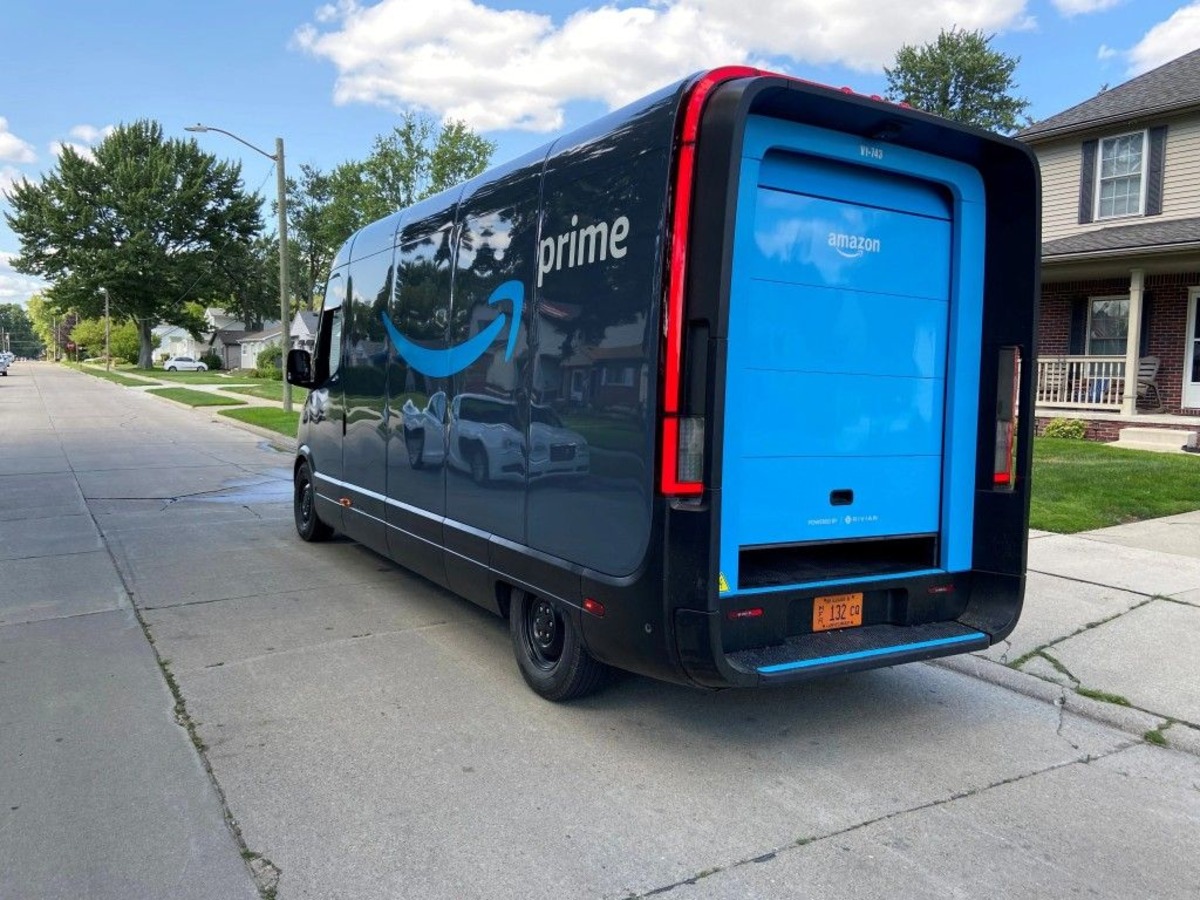
Rivian’s delivery van features a sleek, boxy design optimized for cargo space and efficiency. Its all-electric powertrain offers a range of up to 150 miles on a single charge, making it ideal for last-mile deliveries in urban and suburban areas. The vehicle is equipped with multiple cameras, radar, and LiDAR sensors, enabling it to navigate safely with minimal human intervention.
Amazon’s plan is to gradually roll out autonomous functionality, allowing the Rivian vans to handle deliveries without drivers. This shift will significantly reduce operating costs, increase delivery efficiency, and enable 24/7 operations.
By 2030, Rivian’s autonomous delivery vans are expected to be a common sight on U.S. roads, handling millions of package deliveries. Their combination of electric power, autonomous capabilities, and Amazon’s massive logistics network will make them a dominant force in the autonomous delivery sector.
7. Apple Car
The long-rumored Apple Car is one of the most anticipated autonomous vehicles expected to debut by 2030. While details remain largely secret, industry insiders predict that Apple’s AV will offer fully autonomous capabilities, blending cutting-edge technology with Apple’s signature design and user experience.
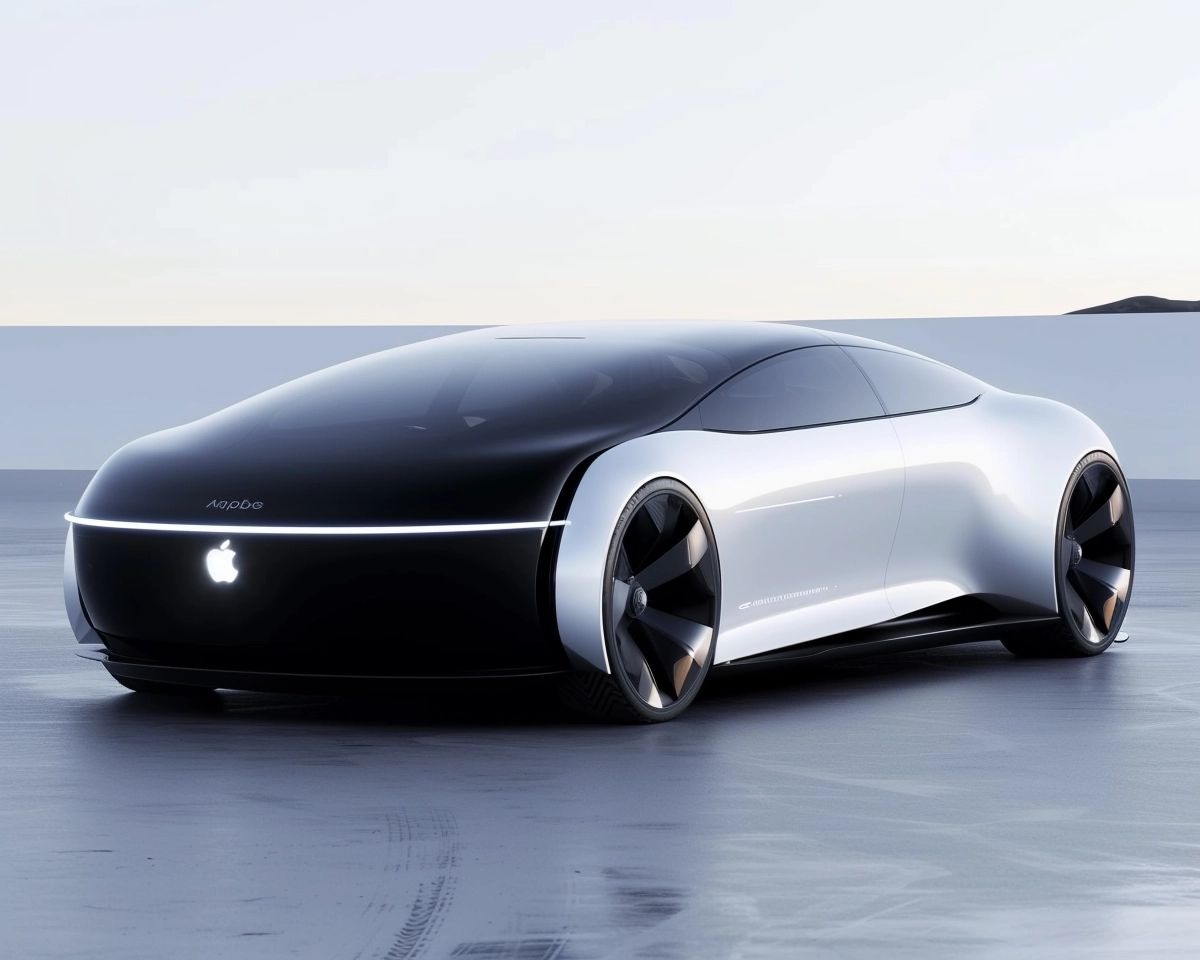
The Apple Car is expected to be an all-electric vehicle, featuring a minimalist design and a spacious, futuristic cabin. It will likely integrate deeply with Apple’s ecosystem, offering seamless connectivity with iPhones, iPads, and other Apple devices. Passengers may be able to use voice commands with Siri, access Apple Maps for navigation, and enjoy in-car entertainment via Apple Music and TV+.
In terms of autonomy, reports suggest the Apple Car will operate at Level 4 or Level 5 autonomy, meaning it will drive itself without human intervention. It is also expected to incorporate advanced AI and machine learning algorithms, enabling it to adapt to various driving conditions.
If Apple enters the AV market, it could quickly gain a significant market share due to its brand reputation, loyal customer base, and technological expertise. By 2030, the Apple Car could be a staple on U.S. roads, offering a luxurious, fully autonomous transportation experience.
8. Nuro R2
Nuro’s R2 is a compact, fully autonomous delivery vehicle designed specifically for last-mile logistics. Unlike larger AVs, the R2 is purpose-built for transporting goods rather than passengers, making it a key player in the autonomous delivery sector by 2030.
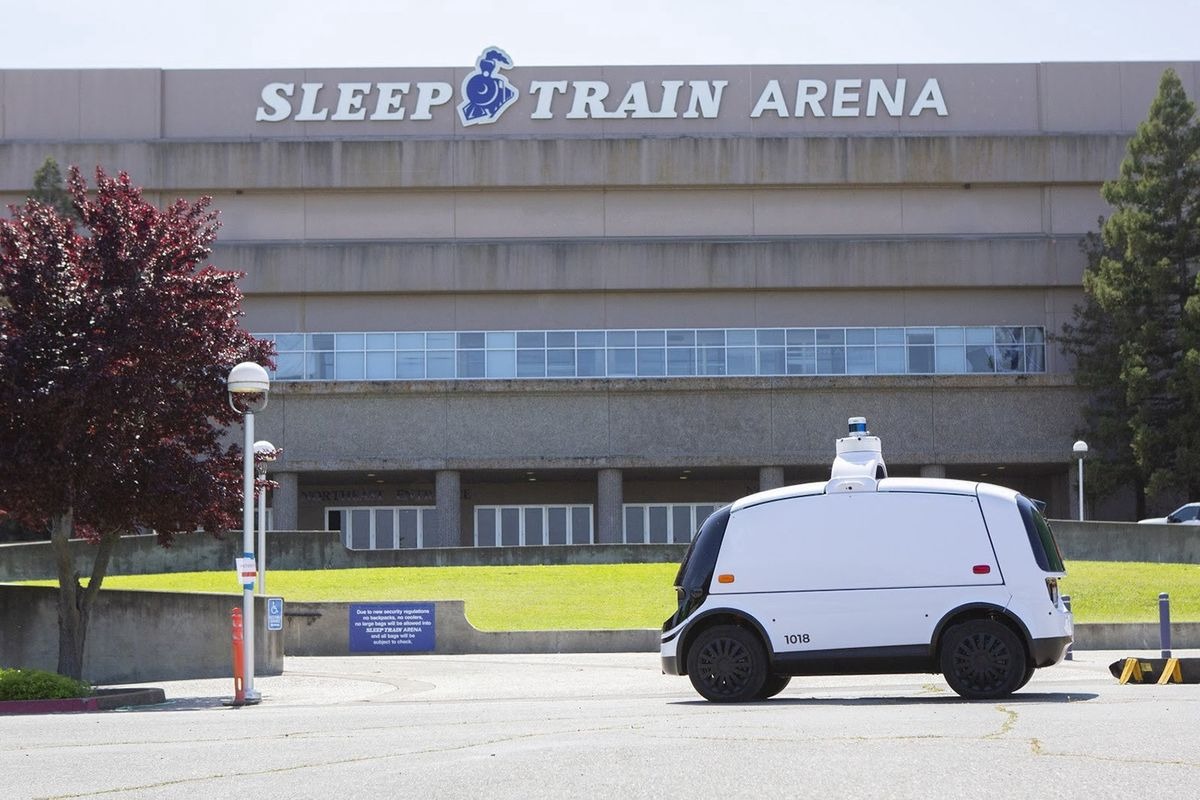
The R2 operates at Level 4 autonomy, meaning it can drive without human intervention in geofenced areas. It is equipped with a combination of LiDAR, cameras, and radar sensors, enabling it to navigate safely through neighborhoods and city streets. The vehicle’s small, pod-like design makes it highly maneuverable, perfect for last-mile delivery routes.
The R2 features two temperature-controlled compartments capable of holding groceries, packages, and other small deliveries. With a low-speed design (around 25 mph), it prioritizes safety in residential areas. Nuro has already partnered with major companies like Domino’s, Kroger, and Walmart, making its autonomous delivery service a reality.
By 2030, Nuro’s R2 is expected to be widely deployed across the U.S., handling millions of local deliveries. Its compact size, eco-friendly electric powertrain, and ability to operate without a human driver make it a cost-effective solution for autonomous delivery.
9. Hyundai Ioniq 5 Robotaxi
Hyundai, in partnership with Motional, has developed the Ioniq 5 Robotaxi, an electric autonomous vehicle that is expected to play a significant role in ride-hailing services by 2030. This fully autonomous EV combines Hyundai’s cutting-edge electric platform with Motional’s advanced self-driving technology.
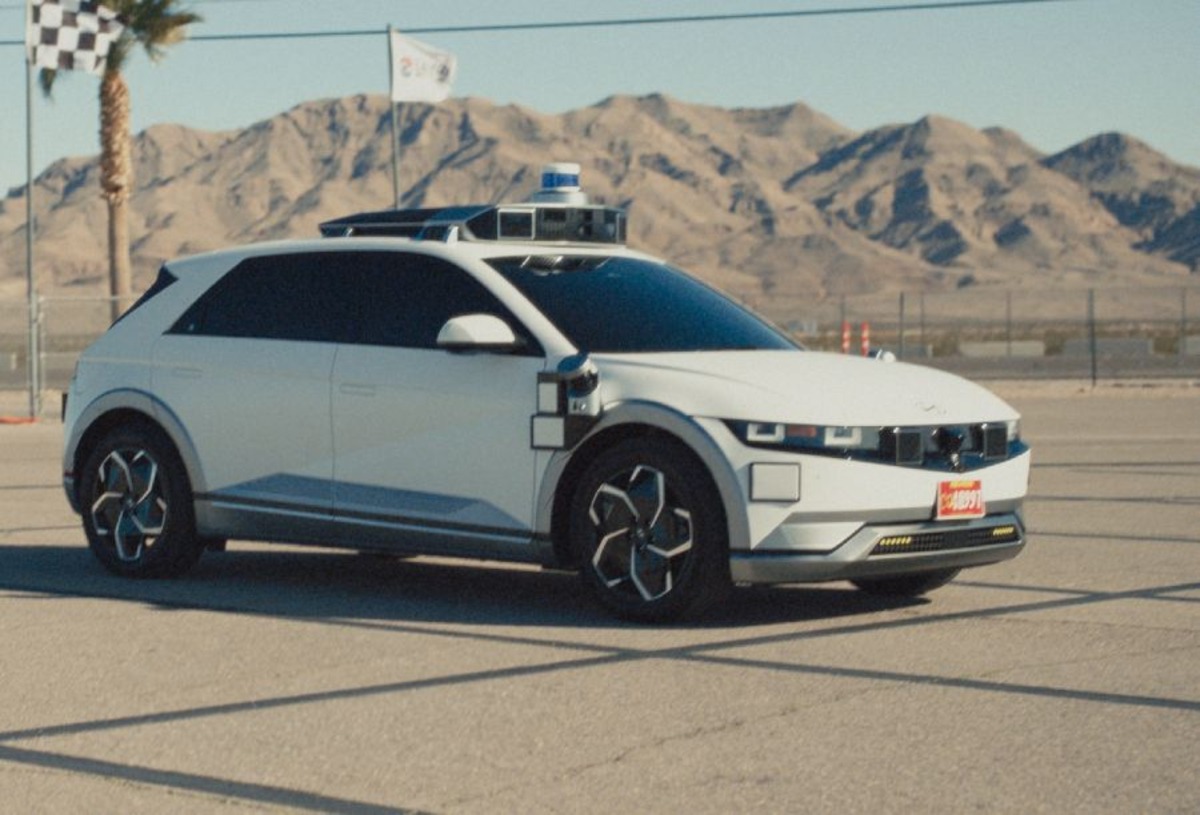
The Ioniq 5 Robotaxi operates at Level 4 autonomy, meaning it can drive itself in specific geofenced areas without human intervention. It is equipped with a comprehensive suite of LiDAR, radar, and cameras, providing 360-degree visibility and real-time hazard detection.
The vehicle features a sleek, modern design with a spacious, tech-filled interior. Passengers can enjoy a comfortable ride with advanced infotainment systems, autonomous driving interfaces, and customizable in-car experiences. The Ioniq 5’s electric powertrain offers a range of approximately 300 miles, making it efficient for urban ride-hailing services.
Hyundai and Motional plan to deploy the Ioniq 5 Robotaxi in major U.S. cities through ride-hailing platforms like Lyft. By 2030, these autonomous robotaxis are expected to be widely available, providing a safe, reliable, and eco-friendly alternative to traditional ride-hailing.
10. Toyota e-Palette
Toyota’s e-Palette is an autonomous electric vehicle designed for multiple applications, including ride-sharing, delivery, and mobile commerce. With its modular design and fully autonomous capabilities, the e-Palette is expected to play a significant role in future transportation by 2030.
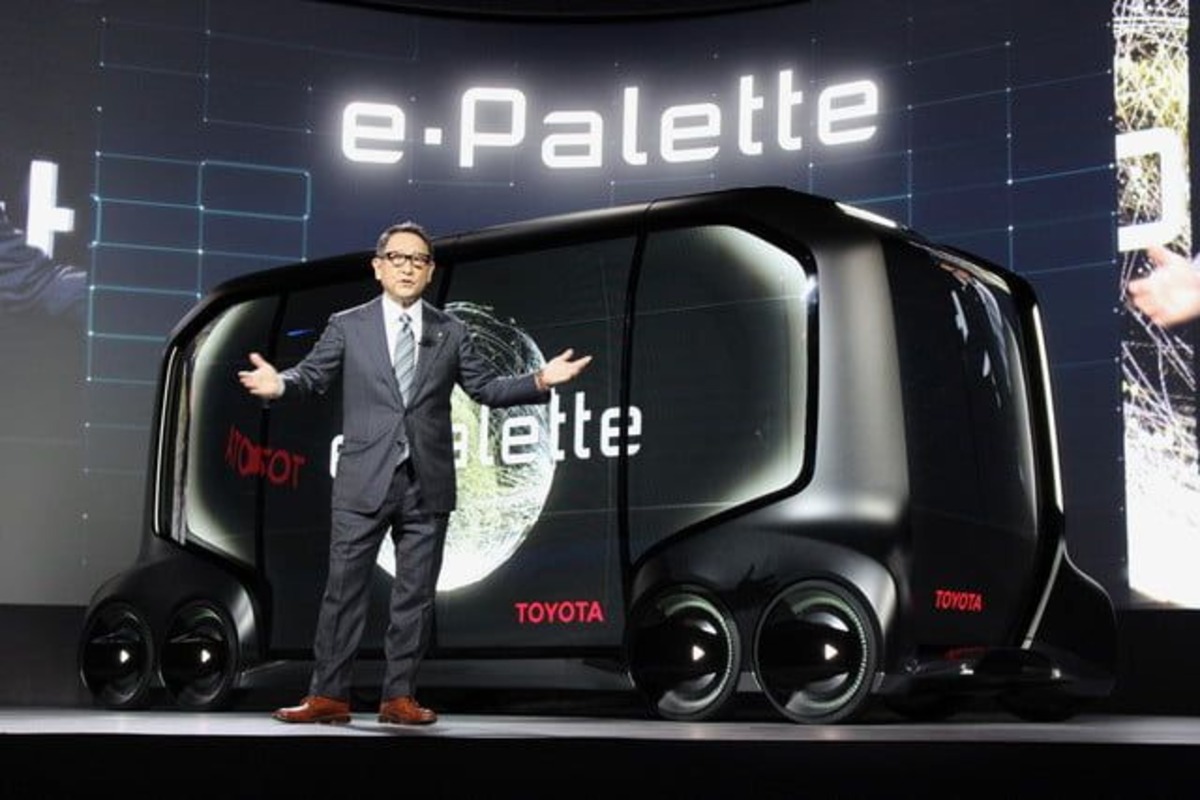
The e-Palette operates at Level 4 autonomy, meaning it can drive itself in pre-defined areas without human intervention. Its boxy, rectangular design maximizes interior space, making it highly versatile. The vehicle’s customizable interior can be configured for passenger transport, cargo delivery, or even as a mobile retail store or office.
Toyota envisions deploying fleets of e-Palette vehicles in urban areas, offering on-demand transportation and delivery services. The vehicle’s all-electric powertrain ensures zero emissions, supporting sustainability goals. It features a low floor and wide doors, making it accessible for passengers with disabilities.
By 2030, the e-Palette is expected to be a common sight in smart cities, providing efficient, autonomous mobility solutions. Its flexible design makes it ideal for various applications, from moving people to transporting goods, giving it a competitive edge in the autonomous vehicle market.
By 2030, autonomous vehicles will dominate U.S. roads, transforming transportation and logistics. Models like the Tesla Model 3, Apple Car, and Waymo One will offer safe, driverless ride-hailing, while delivery AVs such as Rivian vans and Nuro R2 will streamline e-commerce.
These vehicles will reduce accidents, ease congestion, and lower emissions with electric powertrains. Despite challenges like regulatory approval and public trust, AVs will become a common sight, reshaping mobility with safer, smarter, and more efficient transportation solutions, making them integral to daily life by 2030.

